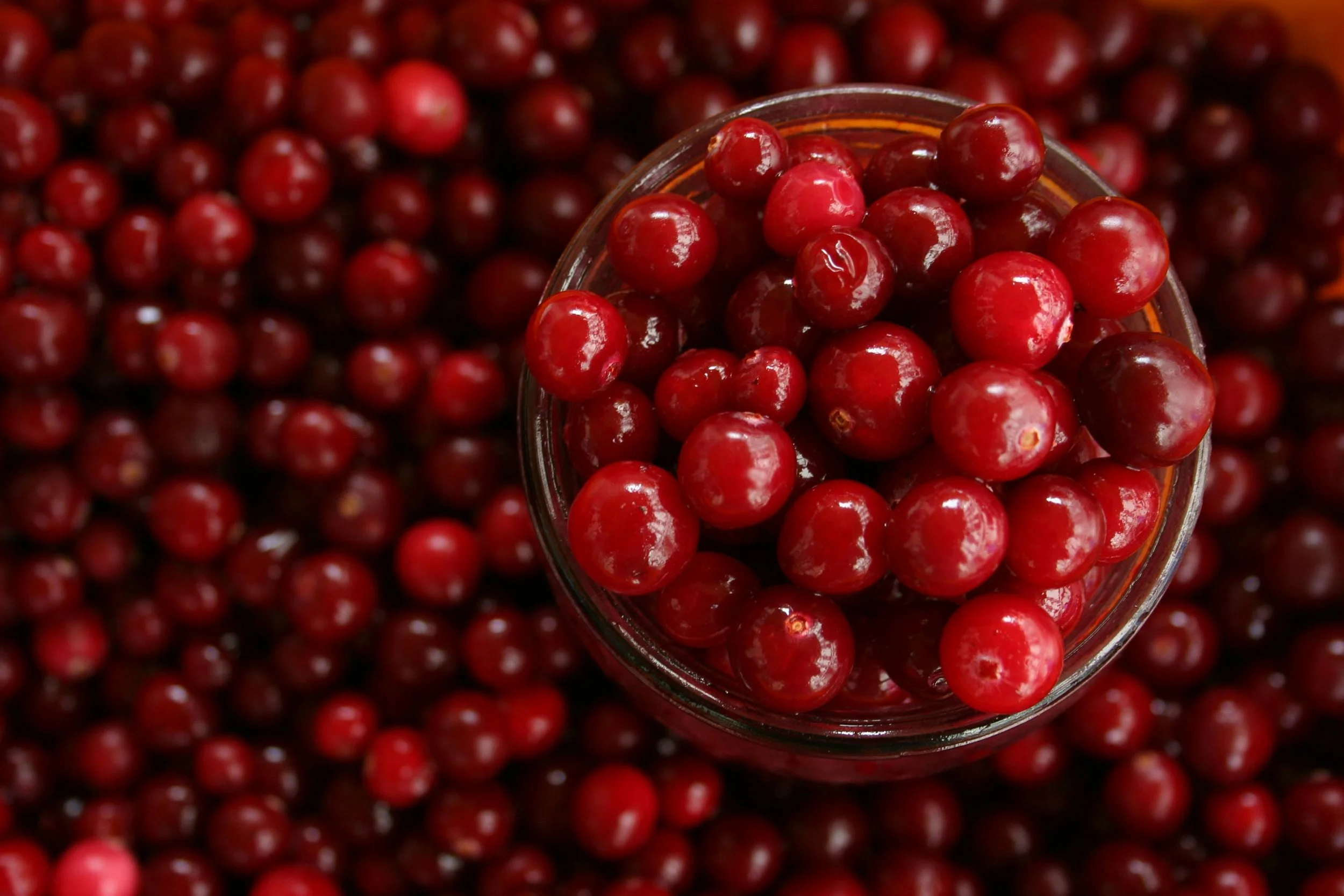Two Herbs, Two Outcomes: Exploring the Antimicrobial Properties of Cranberry and Rosehip
Article By: Nisarga Natesha Kumuda
Picture a cranberry… perhaps the first thing that comes to mind may be tart and tangy fruit, or maybe you’ve come across images of cranberry farmers wading through flooded fields as they harvest the season’s crop. A group of young researchers saw something different, however: they pictured a potential tool in the fight against microbes.
It all starts with a question: what do we do when our medications are no longer effective? How would we react to an infection that resists our most potent antibiotics? Because the reality of the situation is, that is where we may be headed. As part of their biology coursework, our Pre-Med 1 students turned to natural remedies as a potential source of novel antimicrobials. Their study explored the effectiveness of Vaccinium macrocarpon (cranberry) and Rosa canina (rosehip) aqueous extracts against Corynebacterium amycolatum (a gram-positive bacterium) and Serratia marcescens (a gram-negative bacterium), both of which can incite a number of hospital-acquired infections.
Previous research has supported the antimicrobial role of these extracts. Rosehip has been used to treat gastrointestinal infections, and cranberries are known for preventing recurrent urinary tract infections (UTIs). Anthocyanidins, proanthocyanidins (PACs), flavonoids, and phenolic acids are among the bioactive substances found in these herbs which have previously been investigated.
Through agar well diffusion assays and statistical analysis using Wilcoxon tests, the team measured inhibition zones to assess the impact of each extract. Cranberry extract showed broad antimicrobial activity, significantly inhibiting both bacterial species Its effectiveness may be attributed to PACs, which disrupt biofilm formation, impair iron chelation, and affect membrane permeability. Interestingly, although PACs are generally more effective against gram-positive bacteria, cranberry extract demonstrated consistent inhibition across both species.
In contrast, rosehip significantly inhibited S. marcescens but was far less effective against C. amycolatum. This finding diverged from earlier studies that had shown strong bactericidal activity of rosehip on gram-positive strains. The students suggested that the limited efficacy could be due to the thicker peptidoglycan layer in gram-positive bacteria, which can hinder the penetration of hydrophobic bioactive compounds like carotenoids.
Their results support the potential of cranberry as a broad-spectrum antimicrobial source, while suggesting that rosehip may have selective utility against certain gram-negative bacteria. More importantly, the students walked away with a deeper understanding of the scientific process not merely as a vehicle for experimentation but as a vessel for creative and critical thinking. With so-called “superbugs” gaining ground in the fight against disease, this team highlighted the possibility of sourcing future pharmacological agents from plant-based derivatives.


